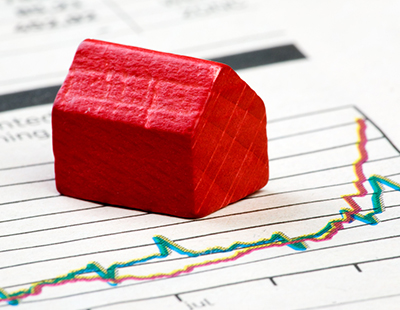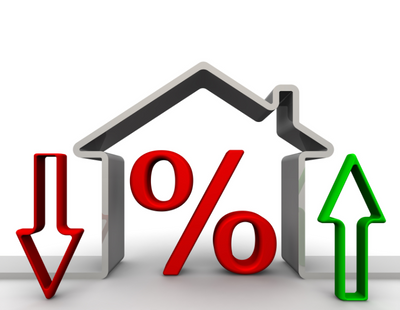
We’re sorry to be starting the week with more evidence of the housing market in the doldrums, but Rightmove’s latest index results do little to lift the spirits.
The portal - which deals in asking prices - says it is traditional for the price of property coming to market to rise at this time of year, and while the monthly rise of one per cent does follow that pattern, it’s the lowest seen in the portal’s October Index since 2010.
As a result the annual rate of increase drops to 0.9 per cent, the lowest annual rate since February 2012, which was the start of the price recovery that led to average new seller asking prices rising by over a third in less than seven years.
Miles Shipside, Rightmove director and housing market analyst says: “The story at this time of year for the last five years has been an average autumn bounce of 1.6 per cent in the price of property coming to market.”
He continues: “Whilst all regions have seen a monthly rise, this year has a more subdued narrative with only a one per cent uplift as the script has more sub-plots to affect the mood. While the backdrop of political uncertainty and stretched buyer affordability remains the same, this month has price drops at the bottom of the market dragging down the national average.”
Properties with two bedrooms or fewer are typically the target market of buy to let investors, and where they compete with aspiring first-time buyers. Properties in this sector have seen the largest increase in the number of days to sell this month, taking five per cent longer than the same month a year ago.
While there have been increases in the time to sell in all sectors, this sector has seen the largest increase, up from an average of 55 days to 58 days.
“Landlords are clearly buying far fewer properties and that leaves a gap in the market for first-time buyers. While landlords were hit with a three per cent stamp duty surcharge on property purchases back in April 2016, in contrast most first-time buyers were effectively awarded stamp-duty-free status in November 2017” says Shipside.
“The fall in prices at the bottom of the market during what is a traditional busier time means that those keen to sell need to price accordingly, which gives an opportunity for those stamp-duty-free first-time buyers to negotiate harder” he adds.

















%20A%20property%20tale%20for%20our%20times.png)








Join the conversation
Jump to latest comment and add your reply
When Shipside says "stretched buyer affordability" - which is basically nonsense - he means "prices are too high" right?
Please login to comment